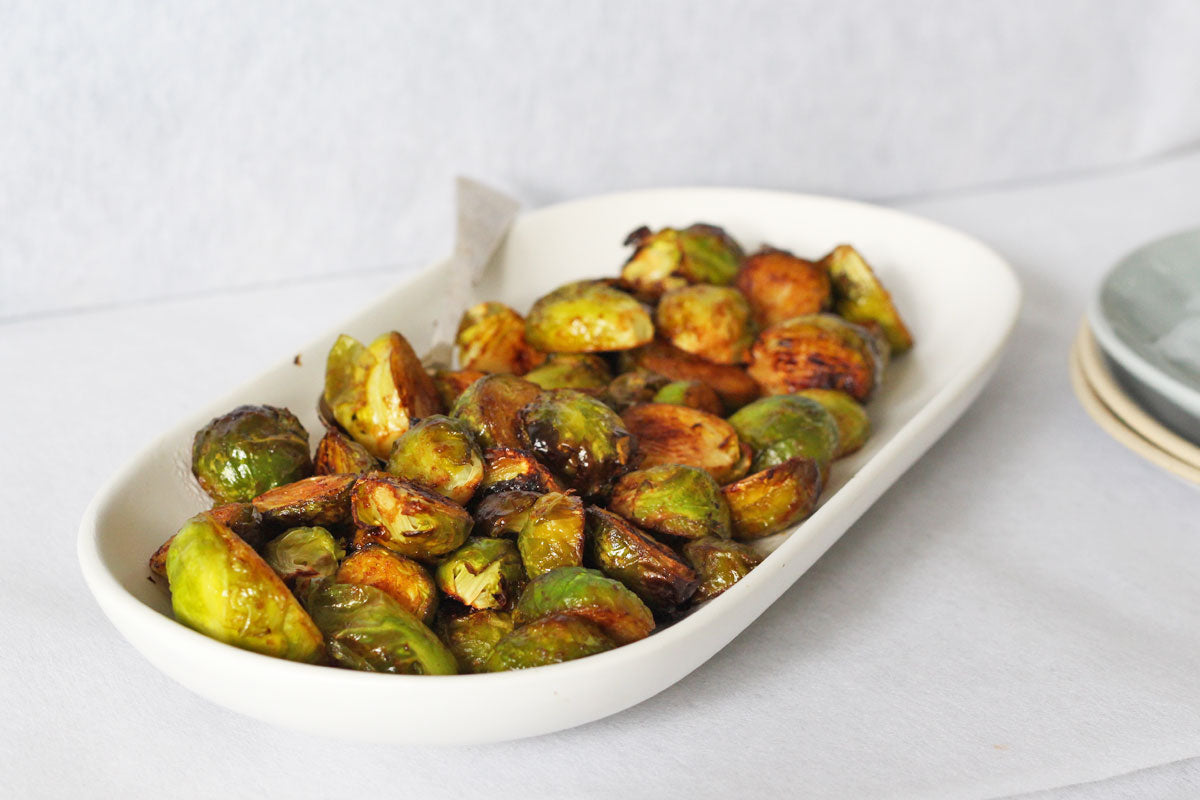I can’t remember the last time I actually bought a dip from the store, it’s been that long. Admittedly, on occasion you can find dips that are full of the good stuff but a huge majority are full of a whole bunch of ingredients and numbers that are more likely made in a laboratory than a farm. This particular recipe is the simplest of them all. I’ve always got a can of organic chickpeas in my pantry (yes, canned is not ideal but if you’re in a hurry this is a far better alternative than choosing store bought). If I could suggest, next time you grab your dip from the supermarket, take the time to turn it around and read the label. If its use by date is beyond a week you know you’re consuming additives that your body doesn’t need. In fact, if there are numbers or words on the back you don’t understand, my advice would be to pop it back on the shelf. Why eat food that doesn’t add value to your awesome life?
You may well have noticed the hummus slathered generously over the Hearty Tempeh Falafels we whipped up from Lesh Karan’s (aka The Mindful Foodie) eBook Nourished earlier in the week. Well these two recipes really do go hand in hand. So who am I to keep you from experiencing the taste sensation of this delicious duo? Here is the recipe for the most quick, simple and rubbish free hummus you will ever eat.
This recipe creates a hummus that is smooth and reasonably runny, a traditional Middle Eastern consistency. If you’d like it thicker, perhaps if you intend to use it as a dip with crackers, simply reduce the quantity of water included in the directions below.
You’ll need:
1 can chickpeas
2 tablespoons extra virgin olive oil
2 tablespoons lemon juice
2 tablespoons tahini
1/3 -2/3 cups water
1/2 teaspoon cumin
1 garlic clove
Sea salt to taste
Open the can of chickpeas and place them into a colander or strainer. Rinse very well. Allow the tap to run over the chickpeas for a good couple of minutes. Place all ingredients into a blender or food processor and combine until smooth. Hummus are awesome with crunchy crackers, raw crudites, dolloped over salads, in wraps…you name it!
Source: theholisticingredient.com













